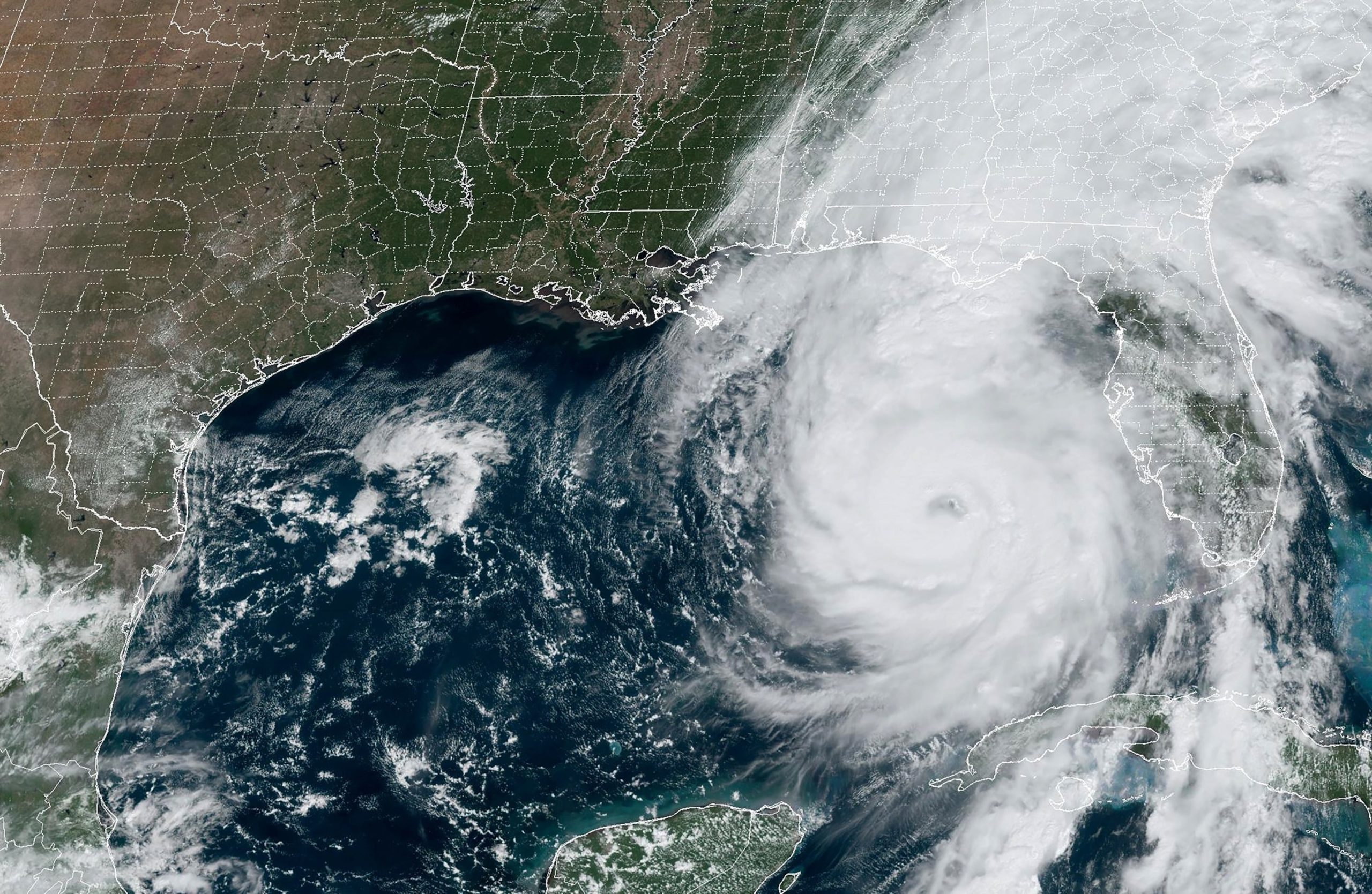In the week since Hurricane Helene made landfall as a major Category 4 storm, the scope of its devastating impact has spread over 500 miles, leaving a track through America’s southeast nearly unrecognizable.
Several storm-battered communities remain disconnected as officials work to restore power, deploy aid, rescue survivors and locate victims.
Helene is the second deadliest hurricane to hit the contiguous United States, after Hurricane Katrina in 2005. At the time of publishing, at least 215 people were confirmed dead, according to the Associated Press, and many were still unaccounted for as search and rescue efforts continue.
In the wake of Hurricane Helene, ABC News’ “Good Morning America” is set to provide five days of special coverage titled “Southeast Strong: Help After Helene”(#SoutheastStrongABC), spotlighting communities across the southeast impacted by Hurricane Helene and the urgent efforts to help them recover.
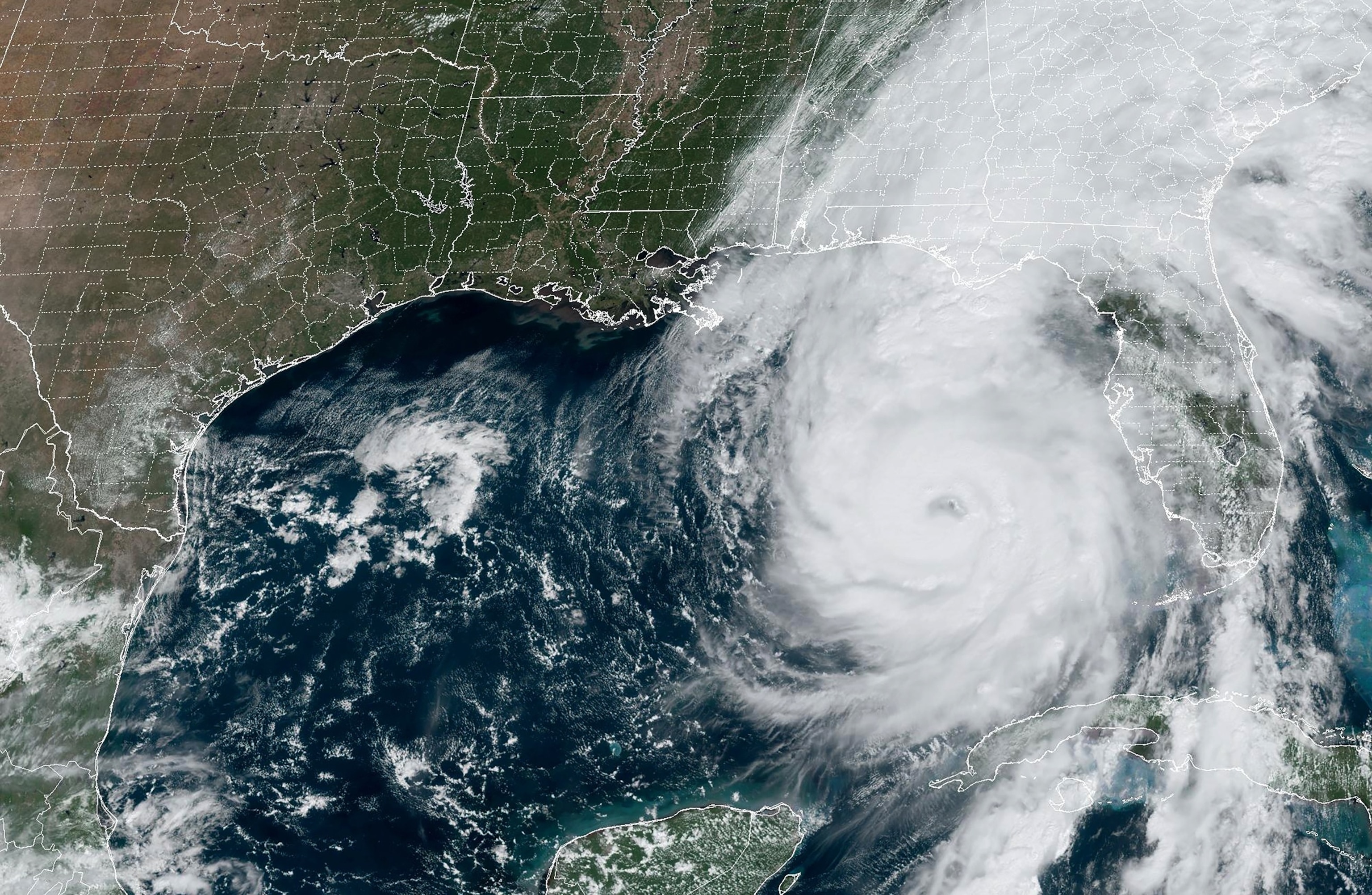
Hurricane Helene is taking aim at Florida, in a satellite image from Sept. 26, 2024.
NOAA
After first hitting Florida’s Big Bend region on Sept. 26 with 140 mph winds, torrential rain and a far-reaching storm surge, Helene moved inland, inundating parts of Georgia, South Carolina, North Carolina, Virginia and Tennessee.
With bridges, roads, homes and businesses left in ruin from Florida to the southern Appalachians, the need for recovery efforts is steep and the true toll of Hurricane Helene remains unknown.
Mapping Helene’s path
Before Hurricane Helene made landfall in the U.S. as a Category 4 storm, it formed off the Yucatan Peninsula and traveled north through the Gulf of Mexico, battering communities in Cuba, the Caribbean and along the Mexican coast.
As the storm headed toward the states, officials began heeding warnings of the storm’s strength and looming impact.
On Sept. 24, President Joe Biden approved a statewide emergency declaration in Florida, with the governors of North Carolina and Georgia warning residents of “potentially catastrophic” flooding in the two days leading up to landfall.
The White House approved emergency requests for federal aid from Florida, Georgia, North Carolina, South Carolina and Alabama ahead of the storm.
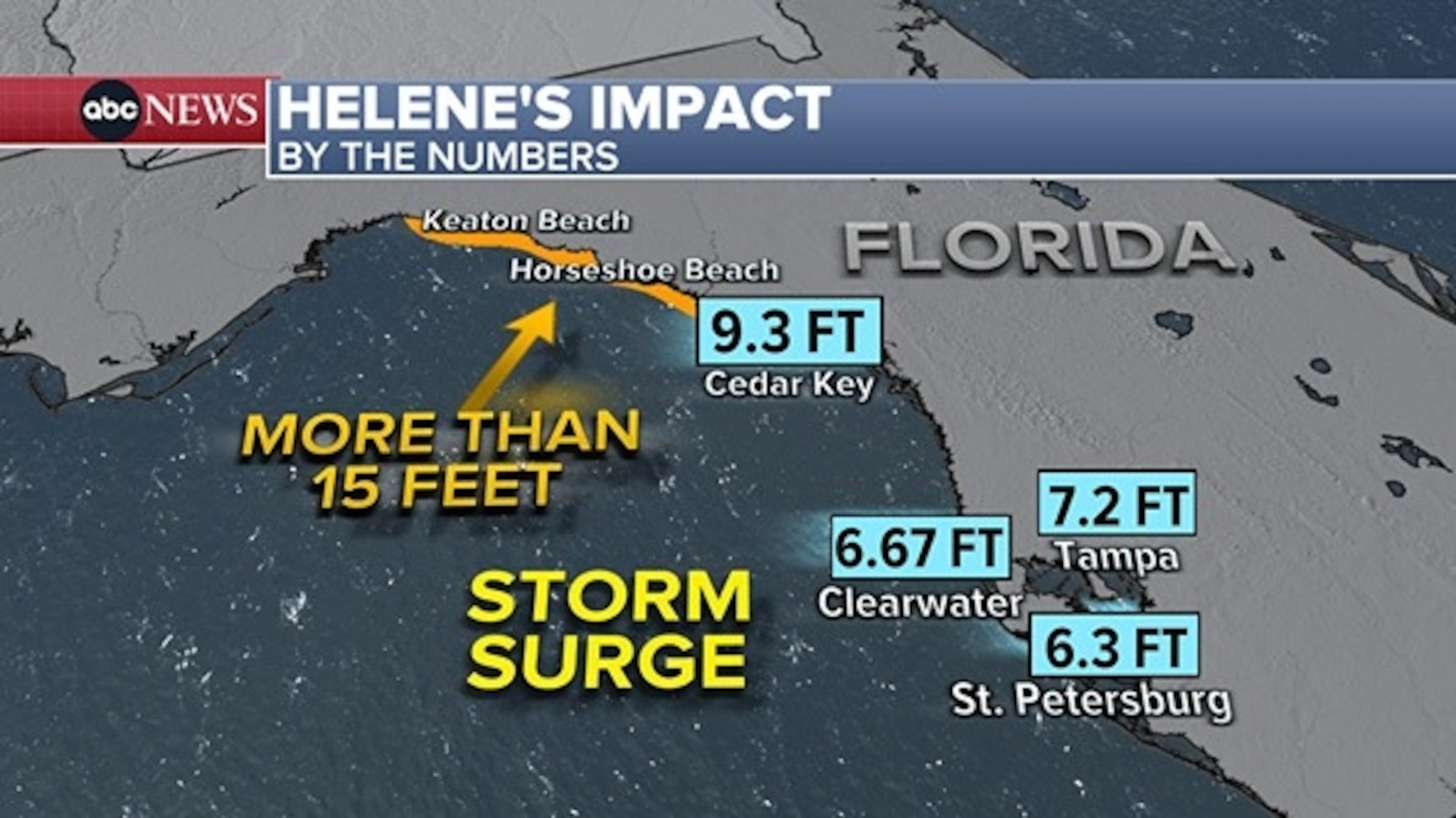
Forecasted fears became a reality late in the evening of Sept. 26, when Helene landed near Perry, Florida, at approximately 11:10 p.m. ET with maximum sustained winds of 140 mph.
Helene was the third hurricane to hit the Big Bend region in just over a year, but became the strongest in the state’s history.
Into the early hours of Sept. 27, the strength of Helene was downgraded from a Category 4 hurricane to a tropical storm as it pushed northwest into Georgia, the Carolinas, Tennessee and Kentucky.
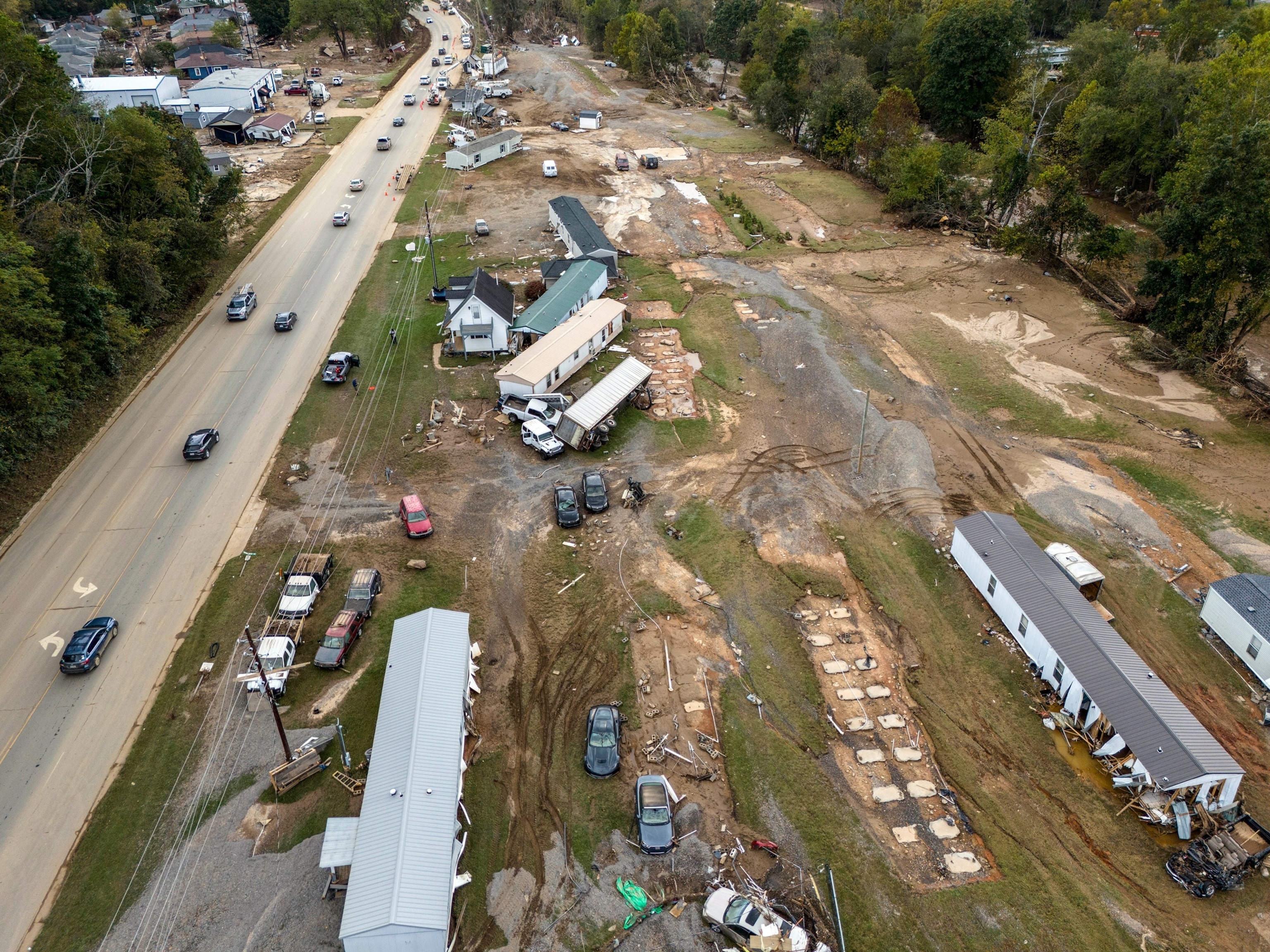
Homes and vehicles that were damaged in a flash flood from Hurricane Helene lie on the side of a road near the Swannanoa River, Oct. 1, 2024, in Swannanoa, N.C.
Mike Stewart/AP
But the storm’s strength made no lesser impact with inland geographical factors, an already rain-soaked North Carolina and historic rainfall totals and levels of storm surge washing away huge swaths of the region.
Helene continued to linger across the Southeast for several days before heading to the Northeast on Sept. 30.
Storm surge and rain totals
Storm surge is the abnormal rise in seawater level during a storm, measured as the height of the water above the normal predicted tide, according to the National Oceanic and Atmospheric Administration.
The storm surge was more than 15 feet above ground level in parts of Florida, according to initial reports from the National Weather Service, including Keaton Beach and Steinhatchee, both in Taylor County, and Horseshoe Beach in Dixie County.
Record storm surge also hit the Tampa Bay area, despite being 110 miles from the storm’s center.
Six to eight feet of storm surge was reported in Tampa East Bay — beating a record of 4.56 feet set in 2023.

In this aerial view, workers clear the roads of sand and debris after Hurricane Helene hit the area with high surge waters as it passed offshore, Treasure Island, Fla., Sept. 28, 2024.
Joe Raedle/Getty Images
Helene, and a separate system earlier in the week, dumped more than 30 inches of rain on North Carolina and produced the biggest local flooding in recorded history.
The flooding in western North Carolina surpassed records that stood for more than a century. The French Broad River in Asheville peaked at 24.67 feet during Helene, breaking the previous record of 23.1 feet from July 1916.
Elsewhere, Georgia saw a historic 11 inches of rainfall from the combination of Hurricane Helene and a storm earlier in the week.
Tornadoes and wind gusts
Amid the storm, there were more than 20 reported tornadoes across five states including Georgia, North Carolina, South Carolina, Virginia and West Virginia.
In Rocky Mount, North Carolina, 15 people were injured — including four seriously — after a tornado tore through the city on Sept. 27, according to the National Weather Service.
The peak wind gust overall was 106 mph in Mount Mitchell, North Carolina, at an elevation of approximately 7,000 feet.
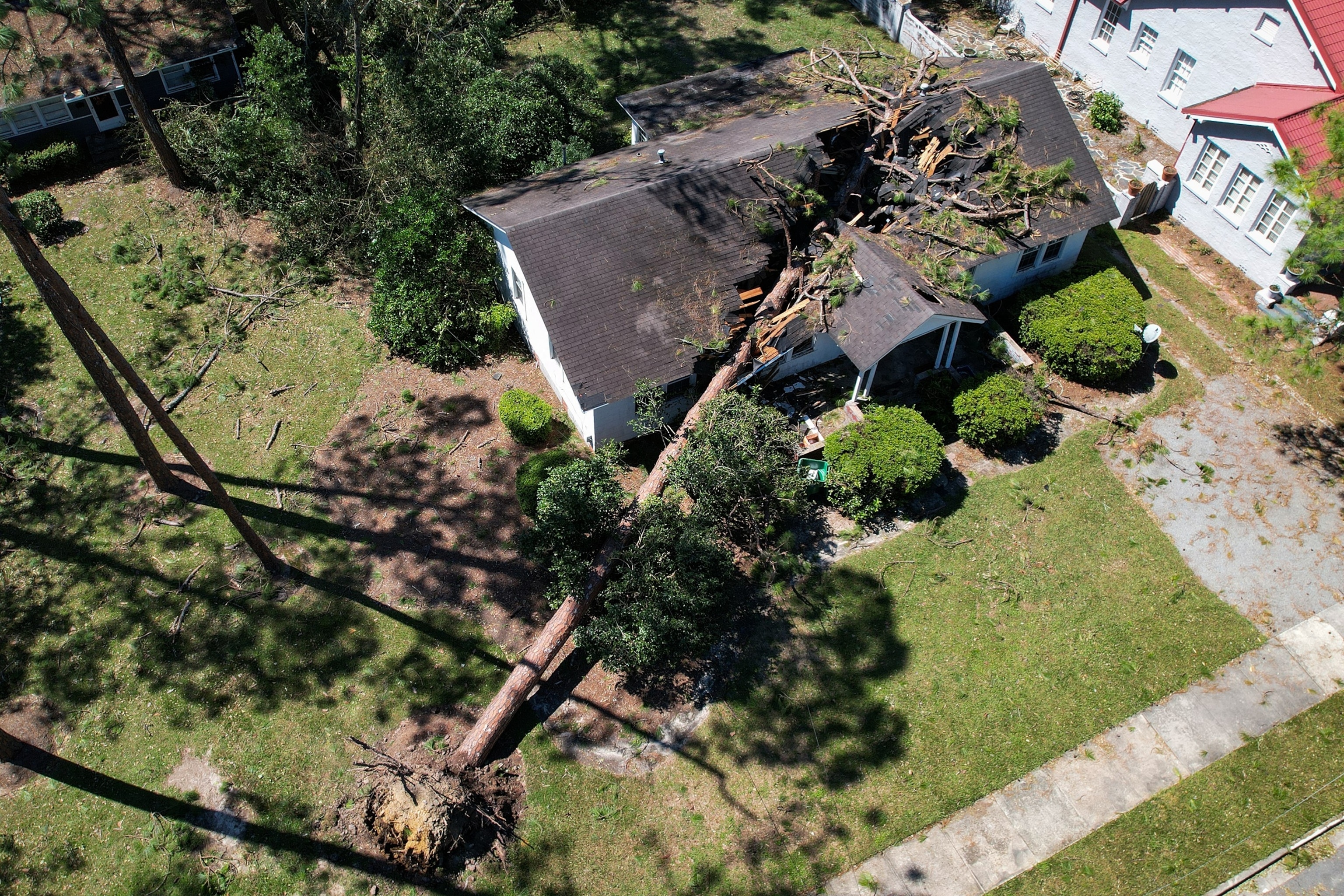
An aerial picture shows storm damage in the aftermath of Hurricane Helene in Valdosta, Ga., Sept. 28, 2024.
John Falchetto/AFP via Getty Images
Dangerously powerful wind gusts were also reported in Perry, Florida, where Helene made landfall (99 mph), Cedar Key, Florida (84 mph), Reidsville, Georgia (79 mph), Savannah, Georgia (76 mph), Beaufort, South Carolina (75 mph) and Indianapolis, Indiana (68 mph).
Rescue and restoration efforts
On Thursday, North Carolina Gov. Roy Cooper said during a press conference that the extent of damage in the state is “absolutely catastrophic” and is likely going to cost billions to restore.
“It’s going to take billions of dollars to make sure that we bring this transportation back up where it needs to be, but we need to take this time to make sure that when we rebuild western North Carolina — and we will — that it’s done in a more resilient way,” Cooper said.
Emergency personnel and citizen volunteers continue to work to deliver food and water to those in affected areas, which is made more difficult by the destroyed roadways, interstates and bridges throughout the region.
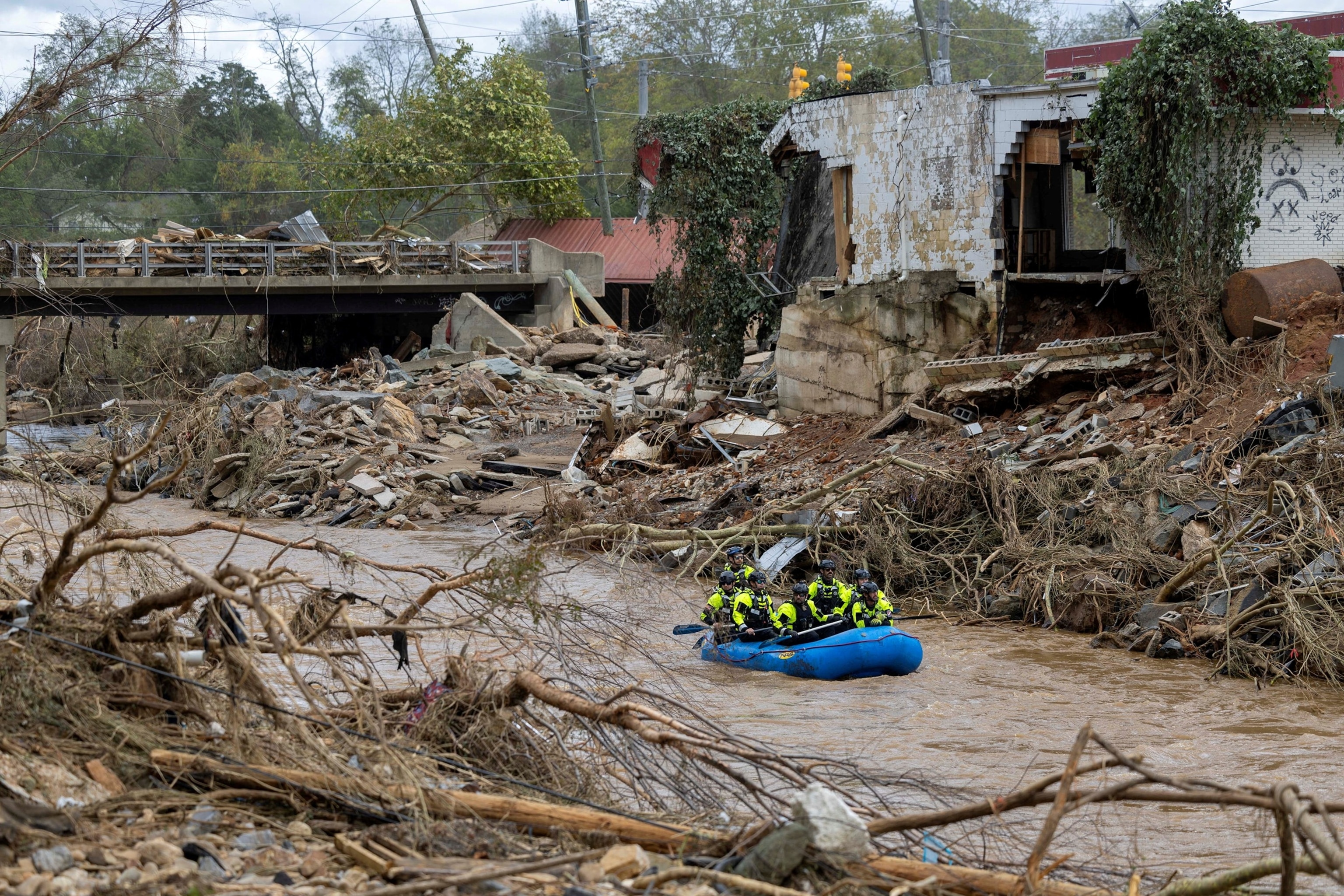
A rescue team paddles down the Swannanoa River after the remnants of Hurricane Helene caused widespread flooding, downed trees, and power outages in western North Carolina, Sept. 29, 2024.
Travis Long/The News & Observer via Reuters
More than 6,300 members of the National Guard mobilized to “support ongoing disaster relief, rescue, and recovery efforts in the aftermath of Hurricane Helene,” according to Secretary of Defense Lloyd Austin.
Biden additionally directed the deployment of up to 1,000 active-duty soldiers to reinforce the North Carolina National Guard.
ABC News’ Julia Jacobo contributed to this report.
Hurricane Helene made headlines in September 2018 as it barreled through the Atlantic Ocean, leaving a trail of destruction in its wake. The storm, which reached Category 2 status at its peak, had a significant impact on several countries in its path, including the United States, Bermuda, and the Azores.
The path of Hurricane Helene was initially tracked as it formed off the coast of Africa and began to move northwest towards the Caribbean. As it gained strength, the storm veered northward, eventually making landfall in Bermuda on September 17. The island nation experienced strong winds, heavy rainfall, and significant storm surge as a result of the hurricane. In the days following the storm, residents and officials worked to assess the damage and begin the process of recovery.
In the United States, Hurricane Helene caused coastal flooding and erosion along the East Coast, particularly in states like North Carolina and Virginia. The storm surge brought high tides and powerful waves, leading to beach erosion and damage to coastal infrastructure. Rescue operations were launched to assist those affected by the storm, including evacuations from flooded areas and search and rescue missions for individuals stranded by rising waters.
In the Azores, a group of islands located in the North Atlantic Ocean, Hurricane Helene brought heavy rain and strong winds, causing power outages and localized flooding. Emergency response teams were deployed to assist residents and assess the extent of the damage.
Overall, Hurricane Helene served as a reminder of the destructive power of nature and the importance of preparedness in the face of severe weather events. As climate change continues to impact global weather patterns, it is crucial for communities to have plans in place to mitigate the effects of hurricanes and other natural disasters. By staying informed, taking precautions, and working together, we can better protect ourselves and our communities from the impacts of future storms like Hurricane Helene.
